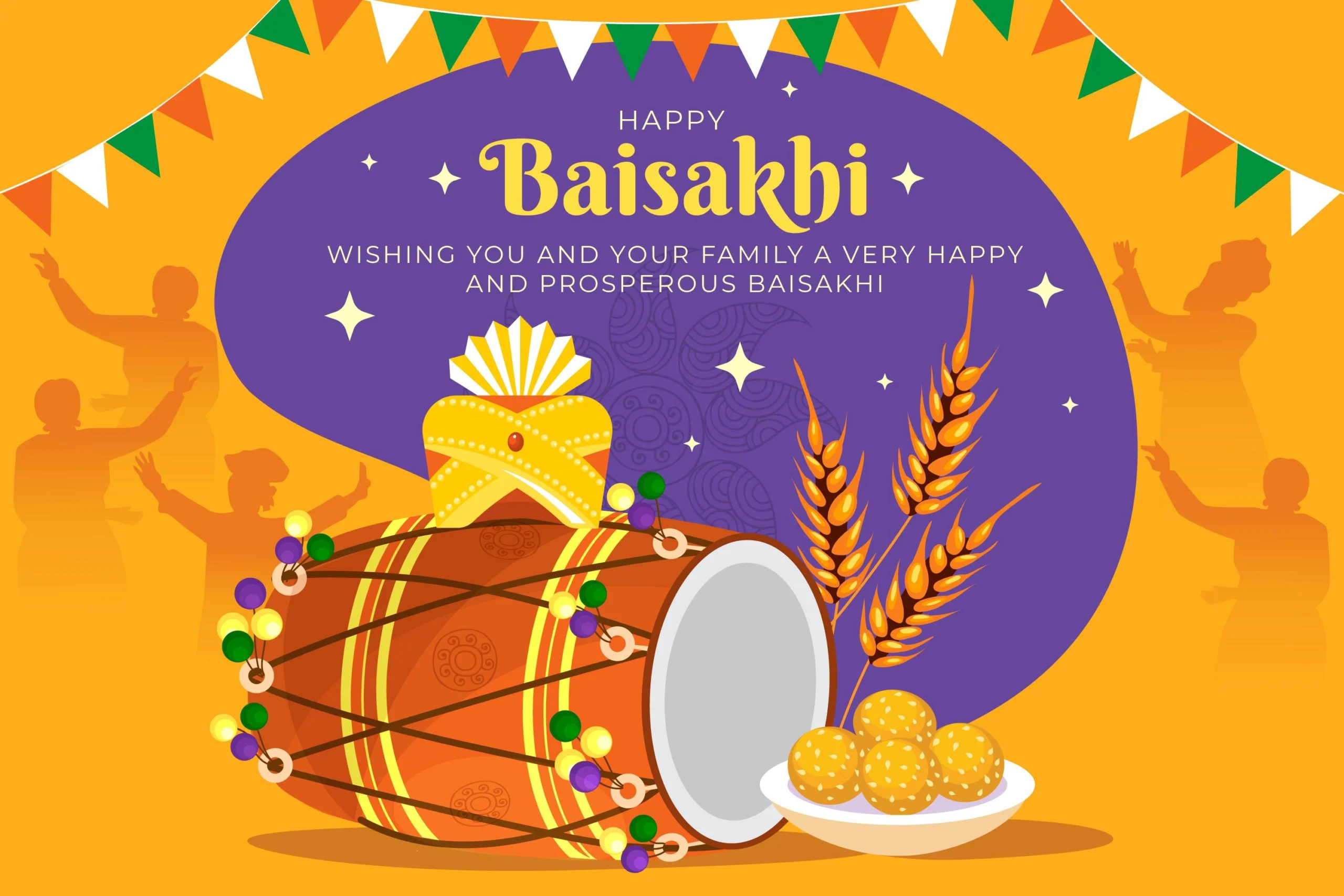Easter, one of the most significant celebrations in the Christian calendar, commemorates the resurrection of Jesus Christ from the dead. This holiday, rich in tradition and customs, is celebrated worldwide with various activities, foods, and gatherings. Whether you’re celebrating for the first time or looking to enrich your Easter traditions, this guide will help you plan a memorable and meaningful Easter celebration.
Understanding the Significance of Easter
The Meaning of Easter
Easter marks the culmination of the Passion of Jesus, preceded by Lent, a 40-day period of fasting, prayer, and penance. It is a time of joy, renewal, and hope, symbolizing Jesus’ victory over death and the promise of eternal life.
The Easter Story
The Easter story begins with the crucifixion of Jesus on Good Friday and ends with His resurrection on Easter Sunday. According to the New Testament, Jesus was crucified, died, and was buried. On the third day, He rose from the dead, fulfilling the prophecy of salvation for mankind.
Preparing for Easter
Observing Lent
Lent is a season of reflection and preparation before the celebrations of Easter. Many Christians observe Lent by fasting, giving up certain luxuries, and engaging in prayer and repentance. This period begins on Ash Wednesday and lasts for 40 days, excluding Sundays.
Holy Week Activities
Holy Week is the final week of Lent, starting with Palm Sunday and ending with Easter Sunday. Key days include:
- Palm Sunday: Commemorates Jesus’ triumphant entry into Jerusalem.
- Maundy Thursday: Celebrates the Last Supper of Jesus with His disciples.
- Good Friday: Observes the crucifixion and death of Jesus.
- Holy Saturday: A day of waiting and reflection, marking Jesus’ time in the tomb.
Celebrating Easter: Traditions and Activities
Attending Church Services
Easter Sunday is marked by joyous church services, including special liturgies, hymns, and the reading of the Easter story. Many churches hold sunrise services to symbolize the empty tomb found at dawn.
Easter Vigil
The Easter Vigil, held on Holy Saturday night, is one of the most important services in the Christian liturgical calendar. It includes the lighting of the Paschal candle, readings from Scripture, and the renewal of baptismal vows.
Easter Eggs
Easter eggs, symbolizing new life and resurrection, are a popular tradition. Activities include:
- Egg Decorating: Use dyes, paints, and stickers to decorate eggs.
- Easter Egg Hunt: Organize a hunt for children to find hidden eggs, often filled with candy or small toys.
- Egg Rolling: A game where participants roll eggs down a hill, symbolizing the rolling away of the stone from Jesus’ tomb.
Easter Bunny
The Easter Bunny is a beloved symbol of Easter, especially for children. According to legend, the Easter Bunny hides eggs and treats for children to find on Easter morning. Activities include:
- Easter Baskets: Fill baskets with chocolates, candies, and small gifts.
- Photo Opportunities: Arrange visits or photos with a costumed Easter Bunny.
Traditional Easter Foods
Easter is celebrated with a variety of traditional foods, which vary by culture and region. Common dishes include:
- Lamb: Symbolizing Jesus as the “Lamb of God.”
- Hot Cross Buns: Spiced buns marked with a cross, traditionally eaten on Good Friday.
- Easter Bread: Sweet, braided bread often decorated with dyed eggs.
Family and Community Gatherings
Easter is a time for family and community gatherings. Activities can include:
- Easter Brunch or Dinner: Prepare a festive meal with traditional dishes and seasonal ingredients.
- Crafts and Games: Engage in Easter-themed crafts, such as making Easter bonnets or creating paper flowers.
- Volunteering: Participate in community service or charitable activities to share the joy of Easter with others.
Easter Around the World
European Traditions
- United Kingdom: In the UK, Easter is celebrated with egg hunts, Morris dancing, and the eating of simnel cake.
- Italy: Italians celebrate with processions, feasts, and the making of a special Easter bread called Colomba di Pasqua.
North American Traditions
- United States: Easter in the US includes church services, egg hunts, and parades, such as the famous Easter Parade in New York City.
- Canada: Canadians celebrate with similar traditions, along with unique regional customs like the Newfoundland Easter Bunny Chase.
Latin American Traditions
- Mexico: Semana Santa (Holy Week) is a major event, featuring processions, passion plays, and elaborate altars.
- Brazil: Celebrations include church services, the making of large chocolate eggs, and the performance of the Passion of Christ.
African Traditions
- Ethiopia: Orthodox Christians celebrate Fasika with a fast, followed by a feast of injera and doro wat.
- Nigeria: Easter is marked with church services, family gatherings, and traditional dances.
Asian Traditions
- Philippines: Holy Week is observed with processions, reenactments of the Passion, and the celebration of Salubong, a dawn ceremony on Easter Sunday.
- India: Christians in India celebrate with church services, festive meals, and the exchange of sweets and gifts.
Conclusion
Easter is a time of joy, renewal, and celebration. Whether through attending church services, participating in traditional activities, or gathering with loved ones, there are countless ways to honor the resurrection of Jesus and embrace the spirit of Easter. By understanding the significance of the holiday and incorporating meaningful traditions, you can create a memorable and enriching Easter experience for yourself and your community.


